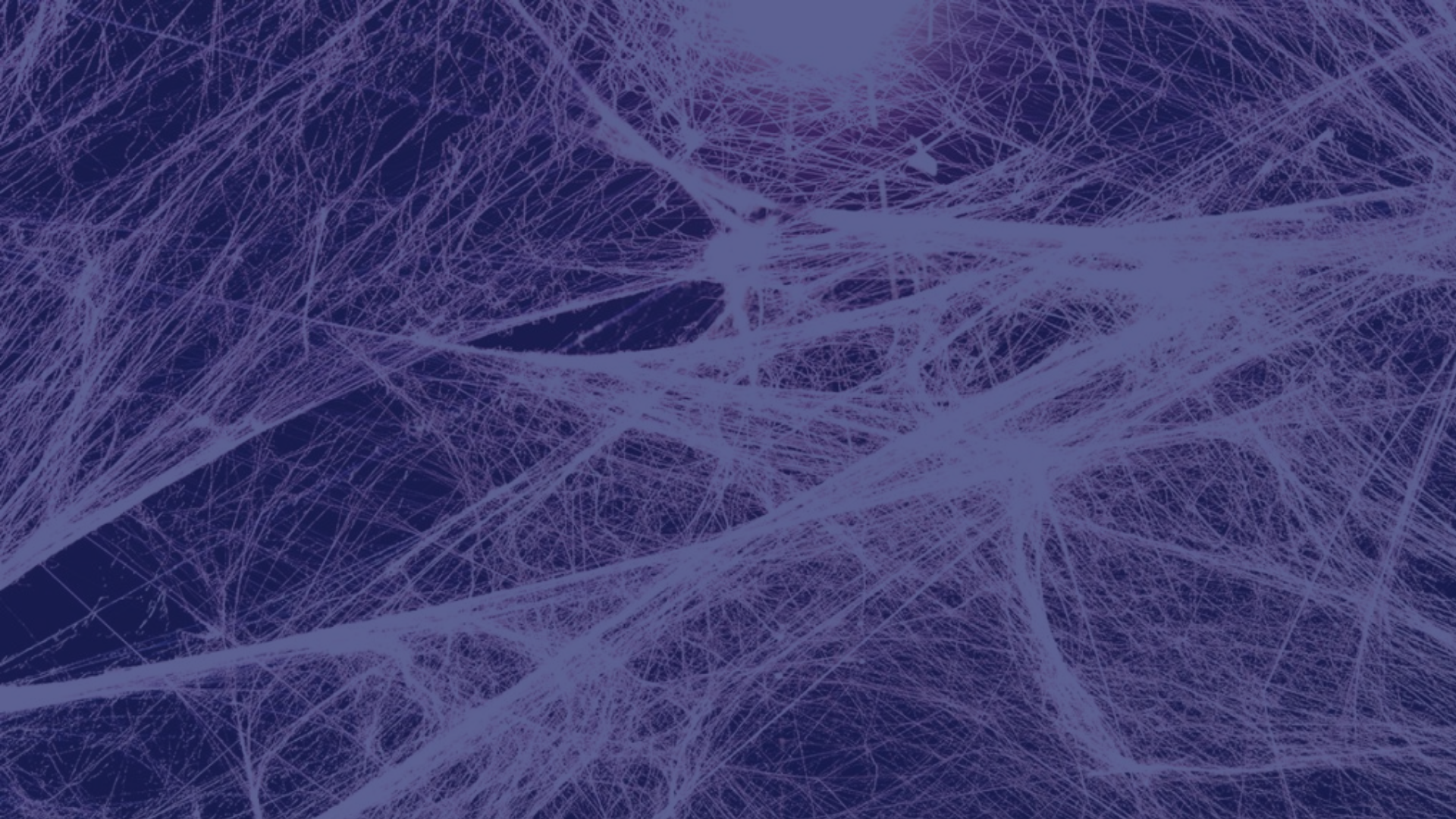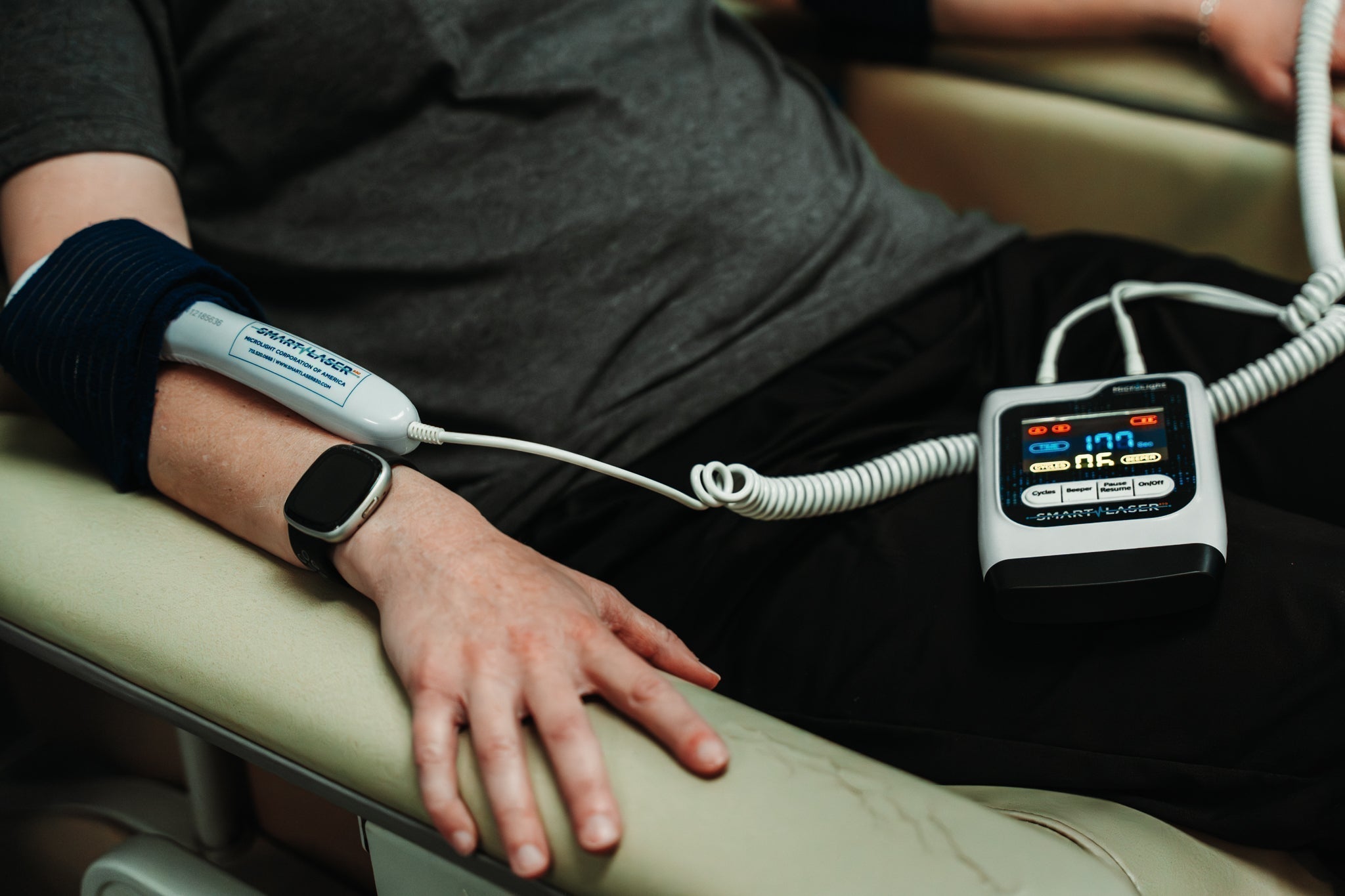Written by: Todd E. Riddle, DC, CCSP, RKT, CSCS, ICSC
As a an educator and conservative manual practitioner, words really matter to me. When I’m teaching, it’s just as important for practitioners and students to understand why they’re performing a particular treatment and what they’re affecting as it is for them to understand the "how" of the treatment application.
And, I would also argue, using the correct choice of words is imperative when it comes to conveying information, whether you’re speaking to patients or other practitioners.
For example; you may have heard a doctor or therapist rationalize the use of myofascial release or instrument-assisted soft tissue manipulation to “break up scar tissue” or “break up adhesions.”
But what does this even mean?
Whenever I hear someone say this, I am immediately reminded of one of my favorite movie characters, Inigo Montoya from The Princess Bride. His famous line, “I do not think that means what you think it means.” is apropos here. When you say ‘breaking up scar tissue’, I become Inigo. Now before I ruffle too many feathers here, this is an extremely common occurrence and is mostly due to the circulation of poor information or misperceptions of what is being affected with these treatments. The field of fascia research is ever changing, complex and still requires years of work.
All of this being said, I will attempt to take this massive topic and boil it down into something understandable. And, hopefully, this will result in a better explanation of what we are really “doing” with IASTM or other soft tissue therapies that practitioners can use with their patients.
Let’s start by answering some important questions:
When performing soft tissue therapies, what are you actually attempting to affect?
It’s important to answer because we have to define what we are attempting to improve. It’s also a tough question to answer if you don’t understand fascia has layers.
“The fascial system includes adipose tissue, adventitia, neurovascular sheaths, aponeuroses, deep and superficial fasciae, dermis, epineurium, joint capsules, ligaments, membranes, meninges, myofascial expansions, periostea, retinacula, septa, tendons (including endotendon/peritendon/epitendon/paratendon), visceral fasciae, and all the intramuscular and intermuscular connective tissues, including endomysium/perimysium/epimysium.” (1)
Obviously, within any system are the individual components, the fascial system is no different. Practically speaking, most conservative rehabilitation can’t address many of the component structures of the fascial system.
It’s important to dissect fascia down just a bit further. Most myofascial treatment is intended to address either superficial fascia or deep fascia, perhaps visceral, but that’s not germane to this conversation. This is a necessary consideration because these two types of fascia have different functions and compositions.
Superficial fascia: This layer is mostly associated with the skin and is composed of loose areolar tissue, blood vessels and nerves. Treatment to this area doesn’t necessarily change movement, but can affect pain, swelling and mechano-reception. Superficial fascia can have scar tissue from a deep cut or laceration, which can cause pain. So, therapy here might be directed at softening the scar tissue if it is possible. I would postulate that much of our pain management from a soft tissue standpoint comes from this layer, especially with therapy that is considered “light”.
Deep Fascia: Primarily associated with fascial coverings of muscles, tendons, bones, blood vessels and nerves, deep fascia is composed multiple fibrous layers separated by loose fascial layers. When trying to improve range of motion, stiffness and pain, most therapy is suspected to be affecting the loose fascial layer.
The fibrous layers of deep fascia are hypothesized to transmit force through muscle to proximal and distal locations. Injury to this layer usually changes our ability to manage load and transmit force. Dense, fibrous layers are separated by loose fascia to assist and promote gliding of the dense layers. Loose fascia is composed of ions, proteins and glycosaminoglycans; the primary one is hyaluronan. Hyaluronan (HA) is considered a hydrophilic lubricant to create glide between fibrous surfaces, much the same way it does for synovial surfaces like the knee. What’s interesting about HA is that its viscosity is extremely important to stiffness and pain associated with deep fascial layers. The thicker, more viscous that HA gets, the less fibrous surfaces can glide which in turn has been associated with pain. (2)
So what are we attempting to affect within the loose fascial layers?
As mentioned above, it is the densification of the loose fascia that we attempt to affect with IASTM and manual myofascial therapies. This densification is the thickening and increased viscosity of the loose fascia between fibrous, deep fascial layers. Multiple studies have demonstrated that as this loose fascia becomes more dense, it causes a decrease in glide between layers, (layers of the thoracolumbar fascia), the entangling nociceptors and eventually creates pain.
Densification is a reversible process that can potentially be changed through manual therapy, as demonstrated by a new MRI imaging I covered in a previous blog. (3, 4) Densification is theorized to be caused by tissue pH, age and immobilization and lack of movement, so addressing these directly can reduce this densification as well. So, here I would postulate that deep, manual therapy with movement may have an effect of reducing densification and viscosity.
I’ll say it again here for emphasis: It is the densification of the loose fascial layers we are affecting with IASTM. This is not to be confused with fibrosis.
Fibrosis is a process similar to scarring; the excessive deposition of Type III collagen over an area of injury/disruption of the fibrous, deep fascia. Fibrosis can permanently alter the architecture and function of involved tissue and is considered a progression of densification that has not been addressed and considered permanent.(5) If we apply this same ideology to what most practitioners are calling “scar” tissue, you will hopefully see where all of this is going. We are NOT “breaking up scar tissue” with IASTM…it’s simply not possible.
When performing soft tissue therapies and exercise, what did you say/think you were affecting versus what you were probably affecting? Let’s break it down even further…
What is Scar Tissue Anyway?
Scar Tissue is defined as the deposition of randomly oriented fibrous collagen material to replace cells and tissue after an injury or an interruption to normal tissue. It is regulated by a 3 phase healing process: 1. Inflammatory Phase 2. Proliferative Phase 3. Remodeling Phase. If this process proceeds as normal, “scar tissue” will form (proliferate), remodel and normalize. HOWEVER, if the process is abnormal, as is often the case due to overuse and poor lifestyle choices, and the process doesn’t stop, scar tissue becomes PERMANENT.
At this point, I usually get two reactions to this explanation:
- This is bullsh*t and there is no evidence.
- I am literally more confused than when we started.
In response to #1. Yes, there is. Much more research needs to be done because we largely don’t understand the mechanisms for fascial behavior, what research findings might mean or how we can apply them in practice.
As for #2, let me try to summate it here.
When applying soft tissue therapies, we have to understand how fascial anatomy and physiology could potentially be affected by our modalities. Not all fascial structures are the same, so you must determine which structures or layers you are attempting to treat; superficial or deep. Your therapeutic modalities should reflect what layers you are addressing; superficial will usually involve light pressure, likely to affect superficial and peripheral nerves. Deep fascia will likely require significant pressure and movement of the body segment. When describing to another practitioner or patient your proposed mechanisms for therapeutic effect, you must attempt to use the right words.
In the end, I don’t have reason to believe we are “breaking up” scar tissue or fibrosis in a patient with a chronic injury or pain.
Can we force some remodeling? Yes, but for the most part that scar tissue is more than likely permanent, and now we must depend on other interventions to assist in pain relief; exercise and psychosocial interventions. On the other end of the spectrum, the mounting evidence about densification of loose fascial layers gives me great confidence that soft tissue interventions coupled with exercise/movement can have a dramatic impact on a person’s ability to move and their overall pain profile.
So the big “take aways” here?
- Correctly identify what structures your are attempting to affect.
- Give a plausible explanation with what evidence is available.
- Use the right words to support your explanation.
References:
- Zügel, Martina, et al. "Fascial tissue research in sports medicine: from molecules to tissue adaptation, injury and diagnostics: consensus statement." Br J Sports Med 52.23 (2018): 1497-1497.
- Pavan, Piero G., et al. "Painful connections: densification versus fibrosis of fascia." Current pain and headache reports 18.8 (2014): 441.
- Menon, Rajiv G., et al. "T1ρ-Mapping for Musculoskeletal Pain Diagnosis: Case Series of Variation of Water Bound Glycosaminoglycans Quantification before and after Fascial Manipulation® in Subjects with Elbow Pain." International journal of environmental research and public health 17.3 (2020): 708.
- https://sports-seminars.com/the-journey-of-a-thousand-miles-new-technology-helps-us-better-understand-fascia/
- Menon, Rajiv G., Preeti Raghavan, and Ravinder R. Regatte. “Quantifying muscle glycosaminoglycan levels in patients with post-stroke muscle stiffness using T 1ρ MRI.” Scientific reports 9.1 (2019): 1-8






Share:
Poor Patient Compliance: Who is to Blame?
6 Strategies to Help Young Athletes Eat Better
1 comment
What I tell my patients is that I am treating that “hard” area that doesn’t feel like the surrounding tissue. Whether we as practitioners want to call it a myofascial trigger point, a facial adhesion, a myofascial adhesion, scar tissue, muscle “knot”, fibrosis. Big deal, we don’t really know what it is and we are doing our best to describe it in layman’s terms so the patient can understand the “idea” of the treatment. Regardless of the terminology my treatments are similar for all those terms… SO I tell the patients we don’t really know and these are some of the “terms” research has thrown out but regardless of the term my treatment wont change.
Again, regardless of the “terminology” my treatment doesn’t change (unless we are talking a calcification found on imaging then that’s a different story as the treatment would change), so why loose sleep over it. If the treatment works I will just keep explaining it the best I can till the research comes out (if ever) and just keep swimming ;)